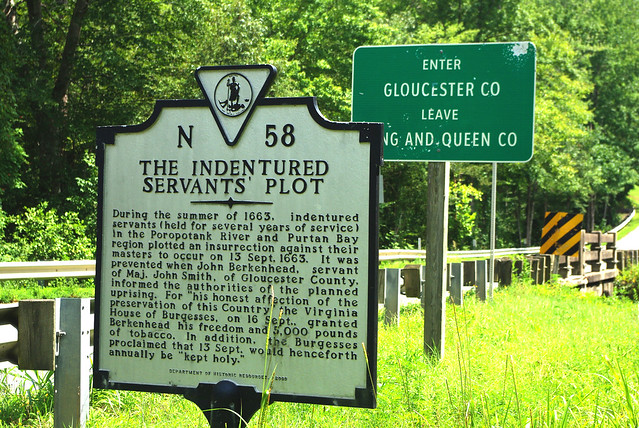Open fires are prohibited throughout the park from midnight to 4 p.m. through April 30 per the 4 p.m. Burning Law. This includes wood and charcoal. Gas is permissible. Campground fires are allowed during the restricted time if a camp host is on duty and signage to that effect is posted in the campground. Failure to observe the 4 p.m. Burning Law can result in a fine. Contact the Park Office for additional information.
Read Our Blogs
Rebellion & Refuge: Maroons of the Great Dismal Swamp
In early 1730, a rumor of freedom spread among the enslaved people of Virginia. It was said that former Governor Spottswood was returning from England with a declaration giving freedom to all enslaved Christians in the colony. For months, Africans and West Indians on the plantations awaited the good news that never came. That fall, they took matters into their own hands. Small and large groups walked away from their enslavers. Some sought to live freely in the countryside. Others conspired to demand their liberation. Gov. Gooch dispatched the state militia to round up enslaved people who left their plantations and suppress them from meeting. The increased number and cruelty of slave patrols ended the era of mass rebellions until after the Revolutionary War.

The most notable 1730 uprising happened in September in Norfolk and Princess Anne Counties, where some 200 blacks had gathered while their masters were in church. The militia arrested the ringleaders, who were sent to be hanged in the capital, Williamsburg. Other participants were severely whipped. Many of the enslaved were captured. But some eluded the patrollers and established a community of freedom in a very inhospitable place.
Straddled between Virginia and North Carolina, the Great Dismal Swamp was a “no man’s land” full of dangerous animals and biting insects. Aided by local Nansemond Indians, the runaways learned to live in the swamp. They found islands in the midst of the wetland to grow gardens, fished, and trapped wild and runaway domestic animals. The runaways became known as “Maroons,” and their numbers increased well into the thousands, attracting other enslaved people. Some Maroons cautiously interacted with the rest of the colony, earning and stealing goods without disclosing their hiding places. Others went all of their lives never seeing a white person. The Maroons existed in the Great Dismal Swamp until the end of the Civil War.

Join us at York River State Park for events as we learn about this unique chapter in Virginia history. For more information & reservations, call the park office at (757)566 3036.
If you have read the article and have a question, please email nancy.heltman@dcr.virginia.gov.
Search for blogs
By Park
Categories
Cabins
Camping
Fishing
History and Culture
Other
Programs and Events
Trails
Volunteers
Water Fun
Archive
2024
2023
2022
2021
2020
2019
2018
2017
2016
2015
2014
2012














